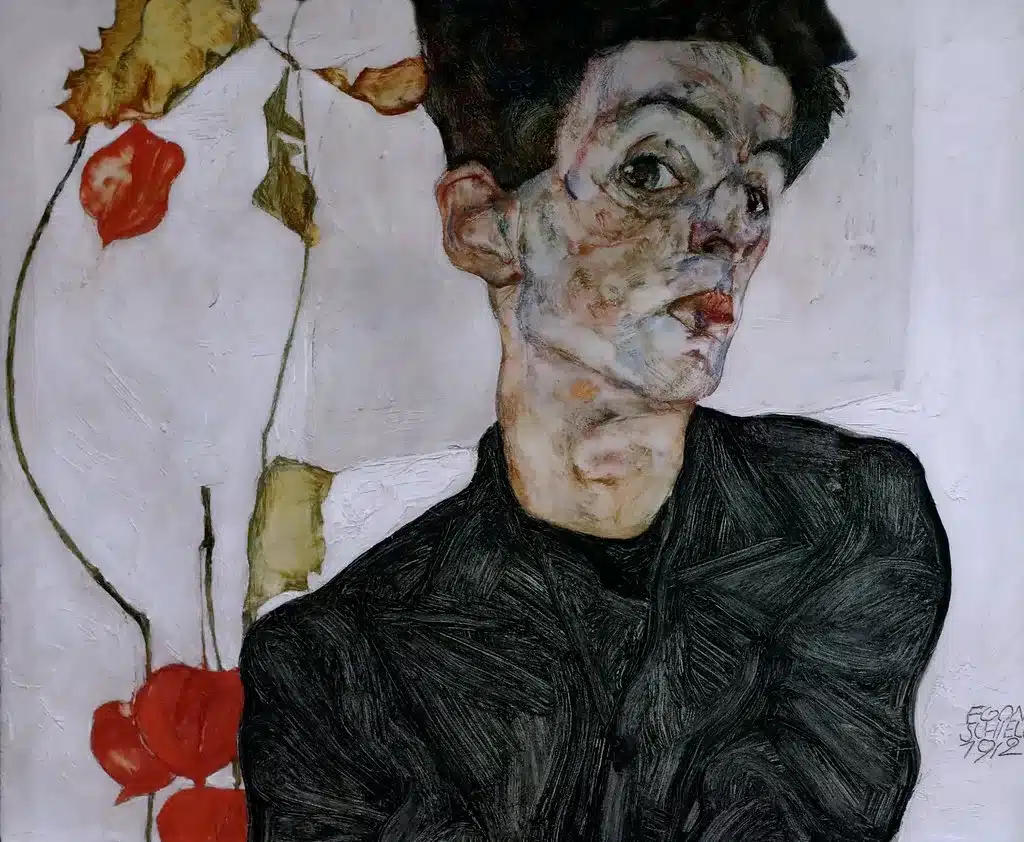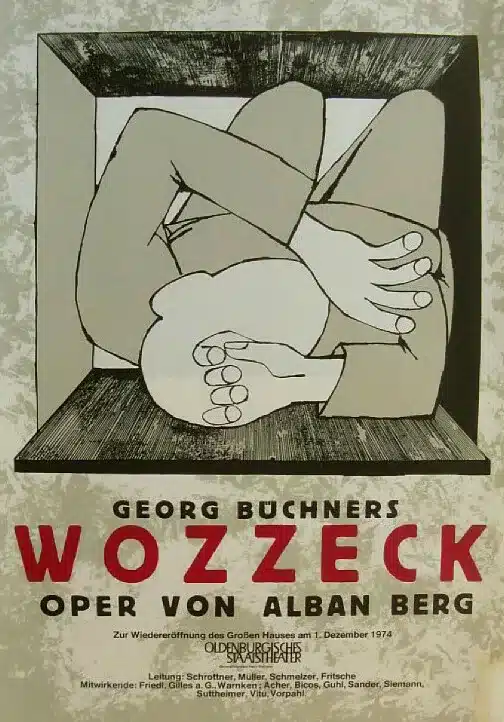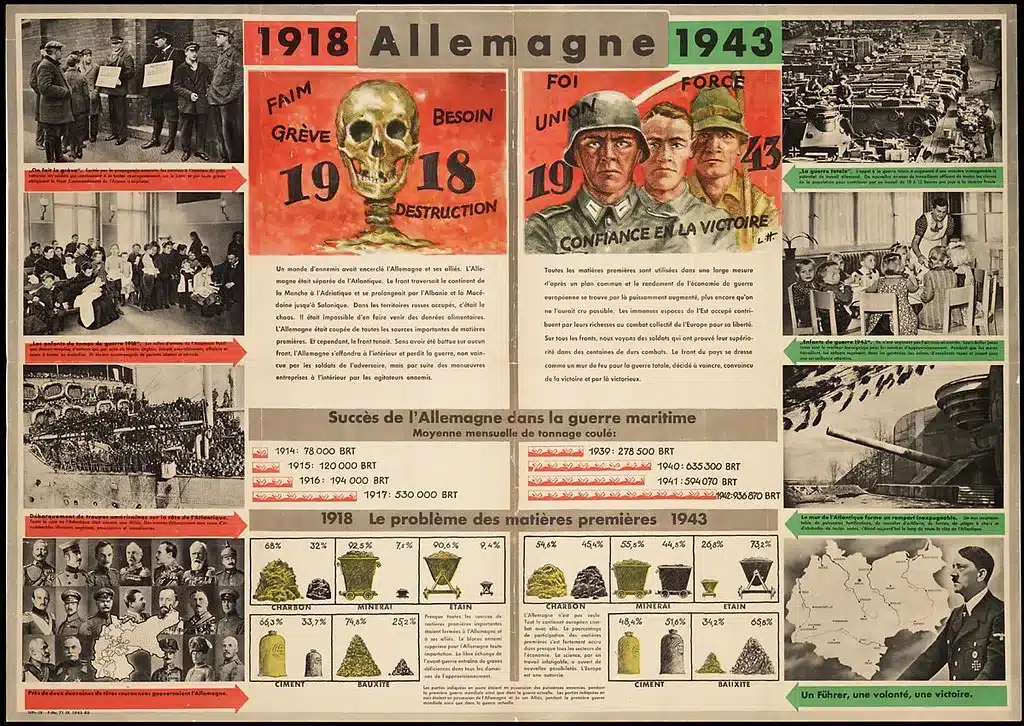In the tumultuous period following World War I, Europe was in a state of profound change. It was a time of chaos and creativity when artists sought new ways to express the inner turmoil of a continent grappling with the rise of fascism and the looming specter of Nazism.
In this maelstrom of social unrest, a revolutionary art movement emerged: expressionism. Imagine a world where paintings expressed volumes of anguish, music reverberated with discord, and social upheavals found their voice in vibrant tones and eerie melodies.
This article delves into the fascinating realm of Revolutionary Expressionism, exploring how this avant-garde movement transcended mere artistic expression to become a mirror reflecting the collective psyche of a society in crisis.
From Freud’s psychoanalytic insights shaping the artistic landscape to the sheer emotional power imbued in every brushstroke and musical note, join us on a journey through the captivating intersection of painting, music, and social upheaval in interwar Europe.
The origins of revolutionary expressionism in interwar Europe
Revolutionary expressionism, as an art movement, emerged in the interwar period in Europe. It was a response to the social and political crisis that destabilized the entire continent after World War I. The devastation caused by the war has left a profound impact on society, leading to a sense of disillusionment and despair. Artists sought new ways to express these emotions and capture the essence of a world in turmoil.
Expressionism, as a style, has its roots in Germany and Austria. His bold use of color, distorted shapes, and exaggerated emotions characterized him. Artists such as Ernst Ludwig Kirchner, Wassily Kandinsky (also the author of the illuminating essay “Concerning the Spiritual in Art“), and Egon Schiele embraced this new form of artistic expression, albeit adopting different styles and forms of representation.
These artists rejected traditional notions of beauty and focused instead on conveying raw emotion. They aimed to capture the inner turmoil experienced by individuals living in a rapidly changing world.

Freud’s influence on the artistic landscape of the time
Sigmund Freud’s revolutionary theories of psychoanalysis had a profound influence on artists of this period. His ideas about the unconscious mind and repressed desires have given artists new insights into human psychology. Although the iconic work “The Interpretation of Dreams” was published in late 1899, disseminating the fundamental ideas of psychoanalysis took significantly longer to move from the purely clinical to even the philosophical realm.
Artists began to explore their subconscious, delving into their deepest fears and desires. This introspection has led to deeply personal and emotionally charged works of art.
Freud’s theories also influenced the way artists approached their subjects. They sought to discover hidden meanings behind everyday objects or scenes, often using symbolism as a means of expression.
Reality was no longer mere exteriority, an object to be adorned or portrayed, as in the Impressionist current. On the contrary, it became a starting point for artistic exploration since, following the dictates of psychoanalysis, the manifest content was but a reflection of a latent background whose “voracity” encompassed every experience to make it enduring.
For example, Schiele’s paintings show deformed (though always visually intelligible) bodies, as if to testify with form, the inner torment, the horror of a reality that became increasingly dark and threatening, and the apparent impossibility of escaping such mental prodding (which, according to Freud, becomes the “master” of the person in a rational sense – “The Ego is not master in its own house,” wrote the father of psychoanalysis to emphasize the destructive force of the unconscious against the attempts of reason).
Painting as a means of criticism and social expression
In Revolutionary Expressionist paintings, artists used bright colors and distorted shapes to convey their critique of society. They described scenes of urban life filled with alienation, isolation, and despair.
These paintings were not only a reflection of the artist’s inner world but also a commentary on the social and political climate of the time. They denounced the injustices and inequalities that plagued society, highlighting the struggles of working-class and marginalized groups.
By presenting these harsh realities in their artworks, expressionist painters aimed to provoke a response from viewers. They wanted to challenge social norms and inspire change.
Music as a reflection of tumult and discord
Just as painting was used to express social unrest, music played a significant role in revolutionary expressionism. Composers such as Arnold Schoenberg, Anton Webern, and Alban Berg (his students) embraced atonal music, breaking away from traditional tonal structures.
This dissonant music reflected the chaos and discord present in society. It challenged conventional notions of harmony and melody, evoking unease and tension.
Through their compositions, these musicians sought to capture the emotional intensity of the time. They used music as a powerful tool to express their anxieties and reflect the collective trauma experienced by society.
Despite belonging to the so-called “Viennese strand,” Schoenberg’s “school” did not enjoy immediate success. On the contrary, their works were considered excessively dissonant, unpleasing to the ear, and ultimately the product of sick minds. Only history will succeed in rehabilitating these composers, showing their great artistic sensitivity and their exceptional ability to photograph a reality that, after all, longed to escape from itself.
The role of artists in channeling social unrest through their work
Artists during this period were crucial in channeling social unrest through their work. They acted as catalysts for change, using their artistic talents to raise awareness about pressing issues.
Creating provocative works that challenged social norms sparked conversations about inequality, war, and political corruption. Their work has become a platform for dissent and resistance against oppressive systems.
Symbolism and imagery in revolutionary expressionist art
In revolutionary expressionist art, symbolism was key in conveying more profound meanings. Artists used symbols to represent emotions or ideas that could not be expressed through literal representation.
For example, a distorted figure might symbolize an individual’s inner turmoil, while a red palette might represent anger or revolution. These symbols added complexity to the artwork, inviting viewers to interpret and interact with the work sincerely.

The impact of political upheavals on the art movement
The interwar period’s political upheavals profoundly impacted the development and trajectory of revolutionary expressionism. The rise of fascism and Nazism in Europe led to censorship and persecution of artists who did not conform to the ideologies of these regimes.
Many expressionist artists were labeled degenerates or decadents by the Nazi regime, leading to their works being confiscated or destroyed. This suppression stifled artistic freedom and forced many artists into exile.
Reception and controversies on revolutionary expressionism
Revolutionary Expressionism faced both praise and criticism during its time. Some saw it as a powerful form of social criticism, while others considered it chaotic or incomprehensible.
Critics argued that expressionist art lacked technical skill or adherence to traditional aesthetics. However, supporters saw these perceived flaws as deliberate choices made by artists to challenge established norms and cross boundaries.
Legacy and influence of European expressionism between the wars
The legacy of interwar European expressionism can still be felt in contemporary art today. His bold use of color, emotional intensity, and rejection of traditional forms continue to inspire artists worldwide.
This movement paved the way for future artistic developments such as abstract expressionism and other avant-garde art forms. It challenged conventional notions of beauty and opened up new possibilities for artistic expression.

Concluding remarks: reflecting on the enduring significance of revolutionary expressionism
Revolutionary Expressionism remains a testament to the power of art as a means of social and political commentary. It serves as a reminder of the importance of artistic freedom and artists’ role in shaping society.
Capturing the essence of a tumultuous period in history, Revolutionary Expressionism continues to resonate with audiences today. Its ability to evoke strong emotions and provoke thought makes it an enduring and influential art movement.
If you like this post, you can always donate to support my activity! One coffee is enough!

